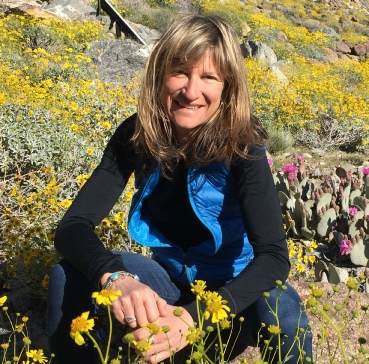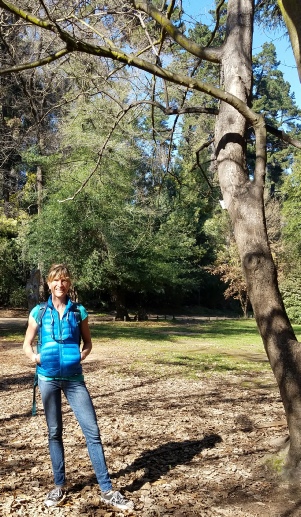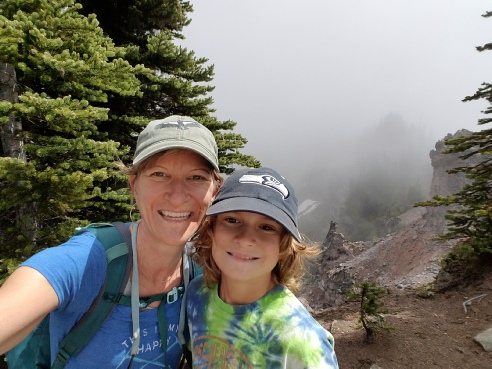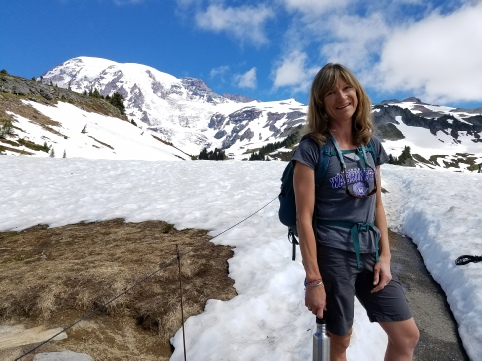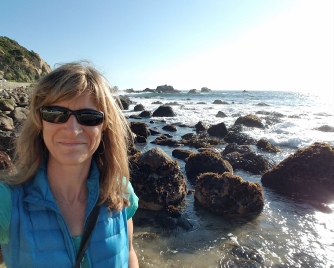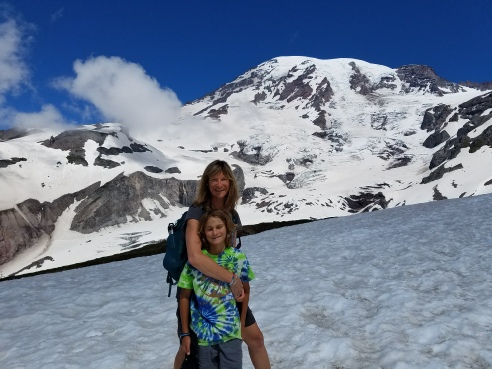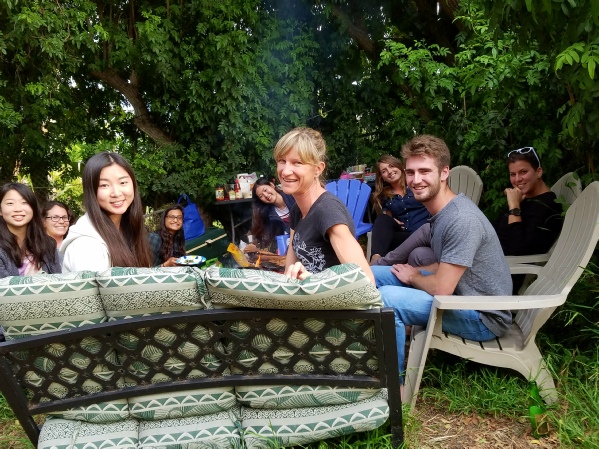
Applied Conservation, Community Ecology, Foraging Interactions, Stable Isotope Biogeochemistry
University of California, San Diego, Division of Biological Sciences,
Ecology, Behavior, and Evolution Section
Trophic interactions and the environmental drivers of resource availability play central roles in shaping ecological communities, species distributions, and population structure as eating and being eaten are vital to an organism’s fitness. However, trophic interactions are often cryptic, limiting our understanding of their importance for studying ecological systems and for designing effective strategies for habitat and species conservation.
Dr. Kurle's lab develops and utilizes biogeochemical techniques to circumvent the cryptic nature of measuring animal foraging ecology, and increase our knowledge of feeding interactions, animal habitat use, resource dynamics, and their importance for determining population trajectories and ecosystem structure. Prof. Kurle's research takes place in a diversity of natural systems from the Arctic to the tropics to the Antarctic, all with the goal of understanding current and past trophic processes that shape ecosystems, species distributions, and population trends, and with a higher objective of informing conservation and restoration of at risk species and habitats.
Contact:
Dr. Carolyn Kurle
Associate Professor
University of California, San Diego
9500 Gilman Dr, La Jolla, CA 92093
Muir Biology 4218 and 4145

BILD 3, Organismic and Evolutionary Biology (Introduction to Ecology and Evolution). Dr. Kurle presents lectures on the history of evolutionary thought, evidence for evolution and natural selection, speciation, human evolution, organismal diversity, community and ecosystem ecology, climate change, and conservation.
BIEB 130, Marine Conservation Biology. Dr. Kurle covers topics including marine habitats and biodiversity, history of marine ecosystems, fisheries management, marine protected areas, ecosystem based management, habitat destruction, coastal development, aquaculture, climate change, pollution, and invasive species.
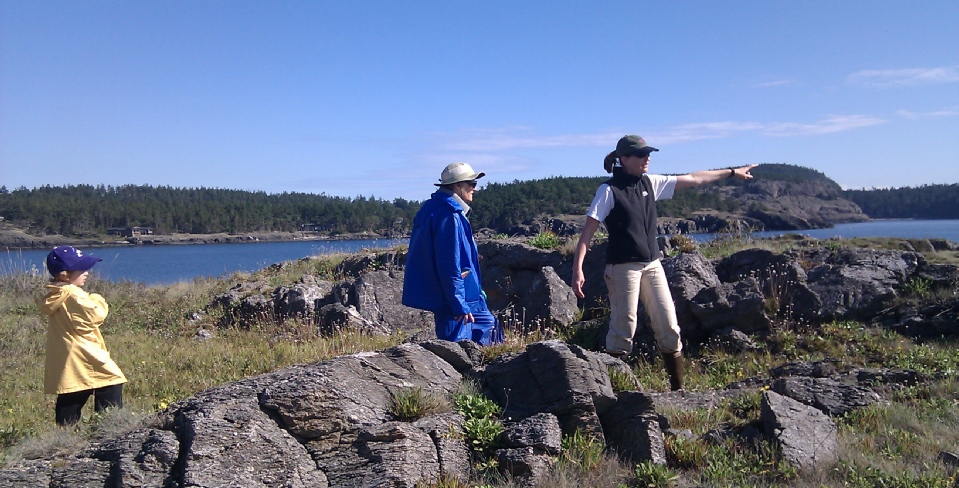
Building up a picture of life in the sea is like putting together a huge jig-saw puzzle made up of tiny pieces, but much more difficult. Not only have we a very imperfect idea of what kind of picture will emerge, but all the pieces to be fitted together are not on the table before us; they are lying about somewhere underneath it and we must feel about for them in the darkness. -The Open Sea by Alister Hardy
